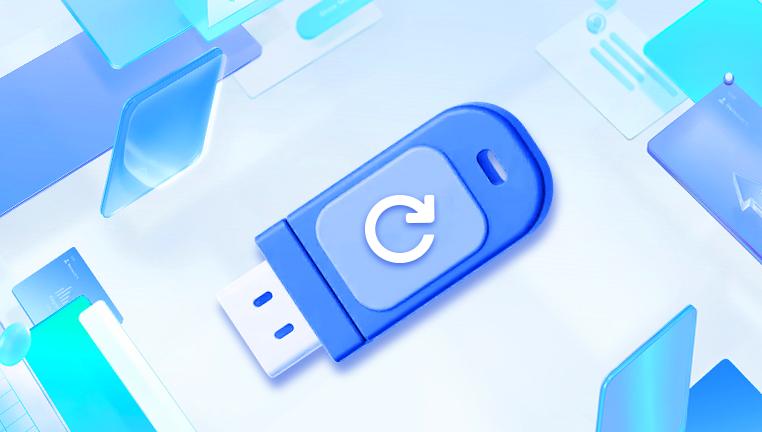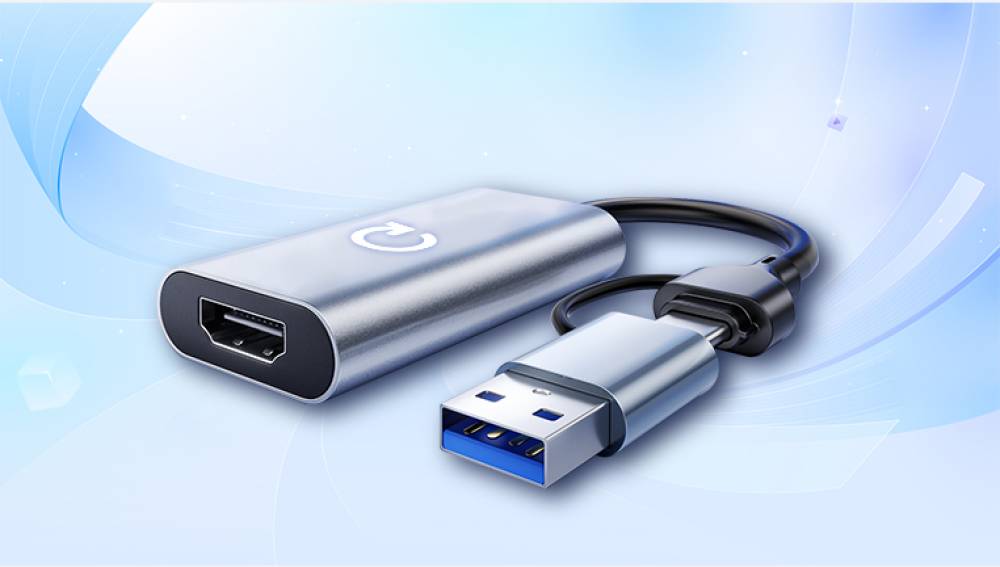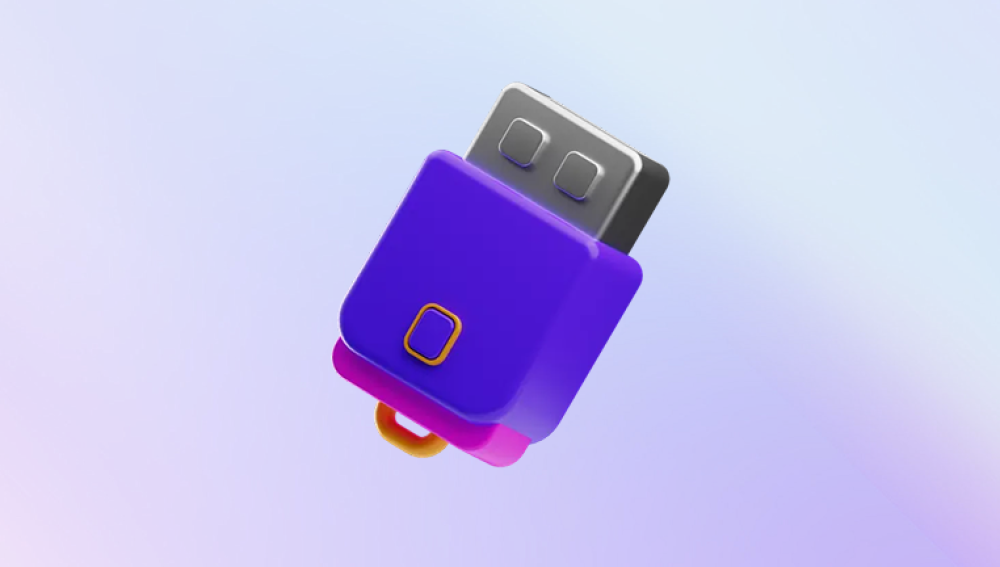USB sticks (also known as flash drives or thumb drives) are compact, portable storage devices widely used for transferring and backing up files. Despite their convenience, data stored on USB sticks can be lost or become inaccessible due to accidental deletion, formatting, corruption, virus attacks, or physical damage.
Before diving into recovery methods, it’s important to understand why files get lost from USB sticks:
Accidental deletion: Files removed intentionally or by mistake.
Formatting: The entire USB stick is formatted, wiping the file system.
File system corruption: Improper ejection, virus infection, or software errors corrupt the file system.

Virus or malware attack: Malicious software deletes or hides files.
Partition loss: The USB stick’s partition table becomes damaged.
Physical damage: Exposure to moisture, impact, or wear degrades the device.
Unsupported device or driver issues: The computer fails to read the USB stick properly.
Each cause affects recovery chances differently and influences the tools and steps needed.
Step 1: Stop Using the USB Stick Immediately
The single most important rule when data loss occurs is to stop using the USB stick immediately. Any new data saved to the device can overwrite deleted files, reducing the chance of successful recovery.
Remove the USB stick safely from your computer or device and avoid saving or modifying files on it until recovery is attempted.
Step 2: Check Basic Access and Settings
Before recovery software, try these simple checks:
Connect the USB stick to a different USB port or computer to rule out port or driver issues.
Open File Explorer (Windows) or Finder (Mac) and check if files are visible.
Enable viewing of hidden files:
Windows: Open Folder Options > View tab > Show hidden files, folders, and drives.
Mac: Press Cmd + Shift + . to toggle hidden files.
Check if files are in the Recycle Bin or Trash.
If files remain missing or the USB stick is not recognized, proceed to recovery software.
Step 3: Use Built-in Repair Tools for File System Errors
Sometimes USB sticks show errors due to corrupted file systems.
Windows
Open Command Prompt as Administrator.
Run:
bash
CopyEdit
chkdsk X: /f
(Replace X: with your USB drive letter.)
This scans and attempts to fix file system errors, which can restore access to lost files.
Mac
Use Disk Utility > Select USB stick > Click First Aid.
Repair any detected disk errors.
If these tools fail or files are still missing, move on to specialized recovery software.
Step 4: Use Data Recovery Software
Drecov Data Recovery
Drecov Data Recovery supports all common USB stick types and works on both Windows and macOS computers. It can scan your USB drive deeply to locate recoverable files even if the file system has been damaged or the drive has been formatted. The software supports a wide variety of file formats, ensuring you can recover everything from images to office files.
To begin the recovery process, connect your USB stick to your computer and launch Drecov Data Recovery. Select the USB drive from the list of available devices. You can choose between a quick scan for recently deleted files or a deep scan for more thorough data recovery, which is especially useful if the drive was formatted or corrupted.
Once the scan is complete, Drecov Data Recovery allows you to preview the recoverable files, making it easy to select exactly what you want to restore. Always save recovered files to a different location than the original USB stick to prevent overwriting data.
Step 5: Recover Files After Formatting the USB Stick
If your USB stick was formatted (quick format is common), data recovery software can still recover many files:
Perform a Deep Scan in your recovery tool.
Many tools can restore files even without a valid file system.
Avoid further formatting or writing data.
Full format or multiple writes lower recovery chances drastically.
Step 6: Recover Files from a USB Stick Showing RAW or Not Formatted Error
If your USB stick is not recognized or shows a RAW file system error, it means the file system is corrupted:
Use recovery software with RAW recovery capabilities (e.g., Disk Drill, EaseUS).
Scan for files based on file signatures.
Recover the files to a different location.
After recovery, format the USB stick to restore normal functionality.
Step 7: Use Command Line Recovery Tools (Advanced Users)
Windows File Recovery Tool
Microsoft provides a free command-line tool for Windows 10 and 11:
Install from Microsoft Store.
Open Command Prompt as Administrator.
Run:
bash
CopyEdit
winfr X: D:\Recovery /regular /n *
Replace X: with the USB drive letter, D:\Recovery with a safe folder to save recovered files.
PhotoRec on Mac/Linux/Windows
Open Terminal or Command Prompt.
Run photorec.
Select the USB drive.
Choose file types and scan.
Recover files to a safe location.
Step 8: Professional Data Recovery Services
If:
The USB stick has physical damage (cracked, bent, water damaged).
The device isn’t recognized by any computer.
Recovery software fails to detect files.
Professional data recovery services offer:
Cleanroom repair.
Chip-off recovery.
Advanced diagnostics.
These services are costly but often the last resort for critical data.
Step 9: Prevent Future Data Loss on USB Sticks
Always eject safely before removing the USB stick.
Avoid unplugging during data transfer.
Use reliable, branded USB sticks.
Avoid exposing USB sticks to moisture, heat, or physical shocks.
Regularly backup important files to multiple locations (cloud, external drives).
Run antivirus software to avoid malware-related losses.
Format USB sticks only when necessary and after backups.
Losing files from a USB stick doesn’t always mean permanent loss. With immediate action, correct tools, and careful procedures, most lost data can be recovered. Start with simple checks, attempt repair utilities, then use professional recovery software for best results. For physical damage or complex cases, professional recovery labs provide specialized help. Protect your data with backups and safe device usage to avoid future mishaps.




